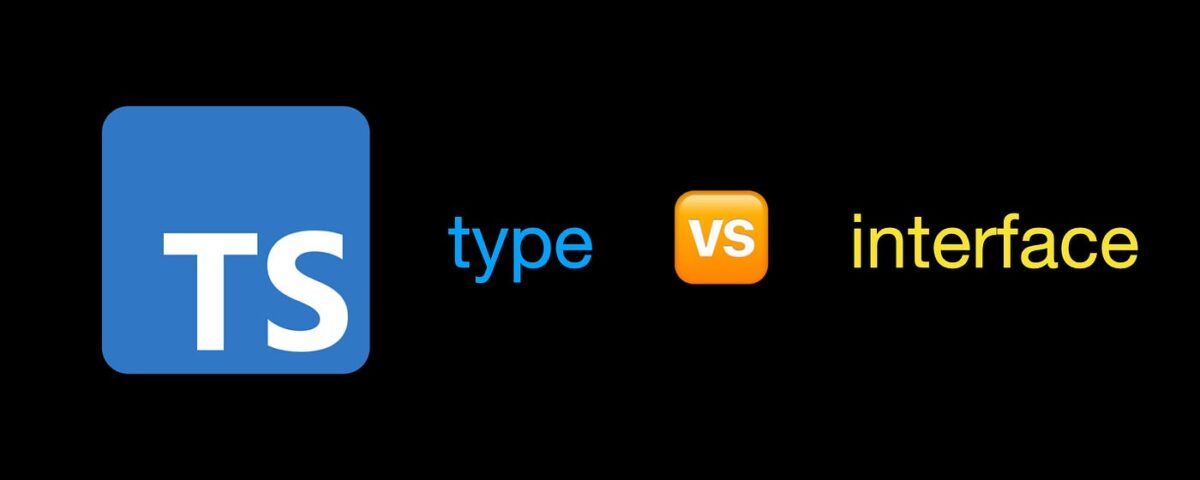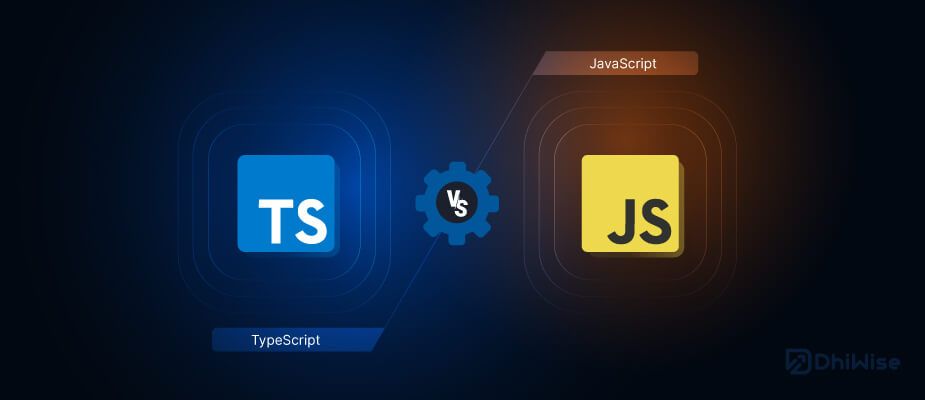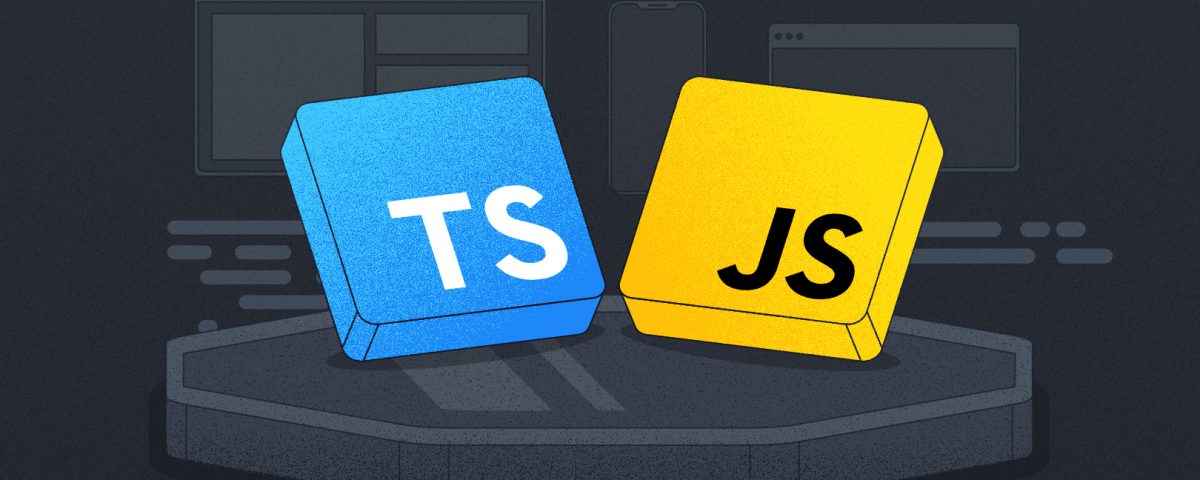12th April 2025
The world of cross-platform app development just got a major shake-up. ByteDance, the company behind TikTok, has introduced Lynx, a blazingly fast, Rust-powered JavaScript framework designed for multi-platform app development. Unlike traditional frameworks like React Native or Flutter, Lynx is built for performance-first mobile applications with a dual-threaded UI rendering engine. ByteDance isn’t just experimenting here — Lynx is already powering high-traffic applications inside the TikTok ecosystem, including the search panel and TikTok Studio. While it doesn’t run the main TikTok app (yet), its use in production signals serious potential for the framework’s future. Just like the wildcat Lynx is known for its speed and precision, […]









